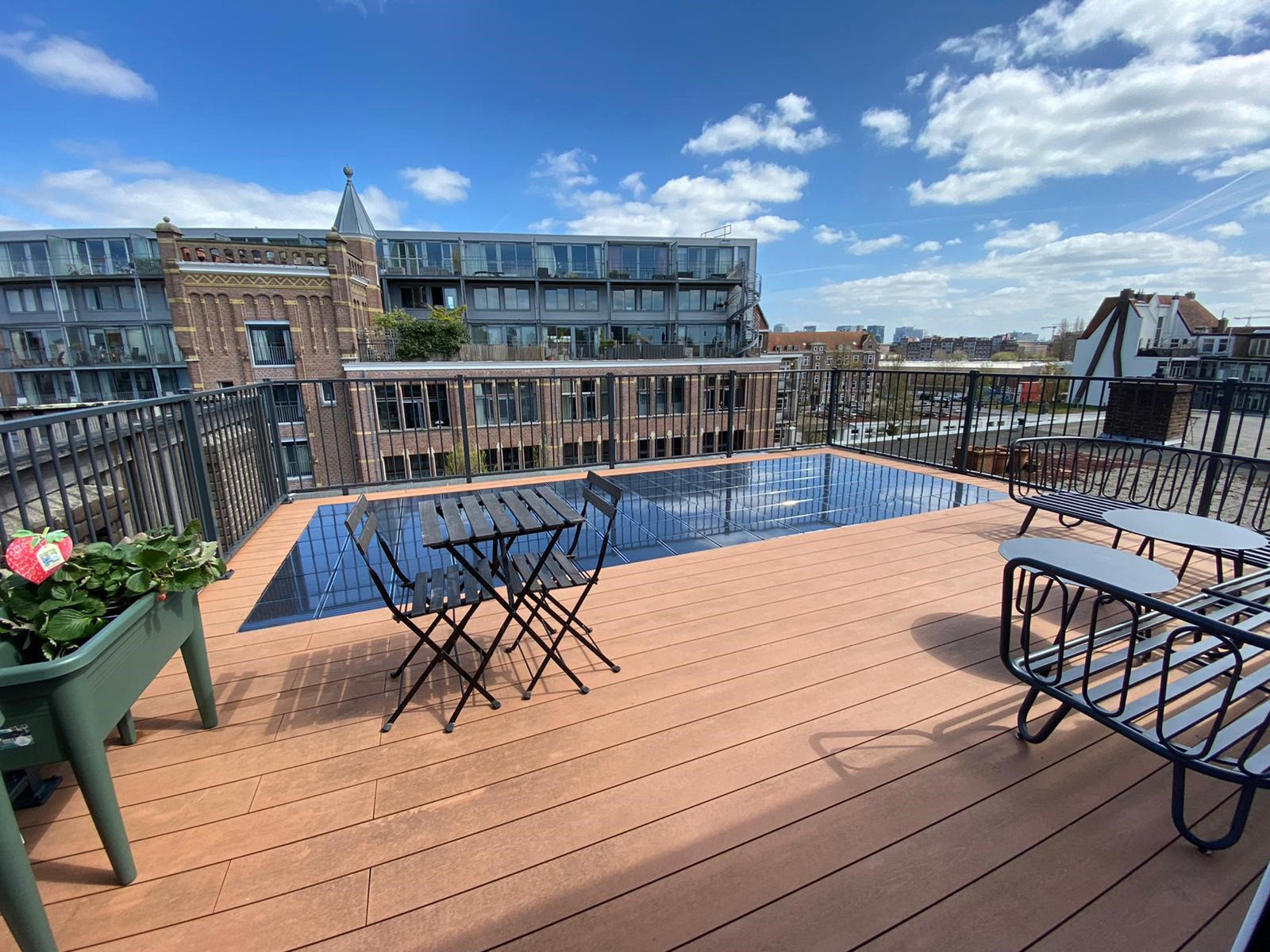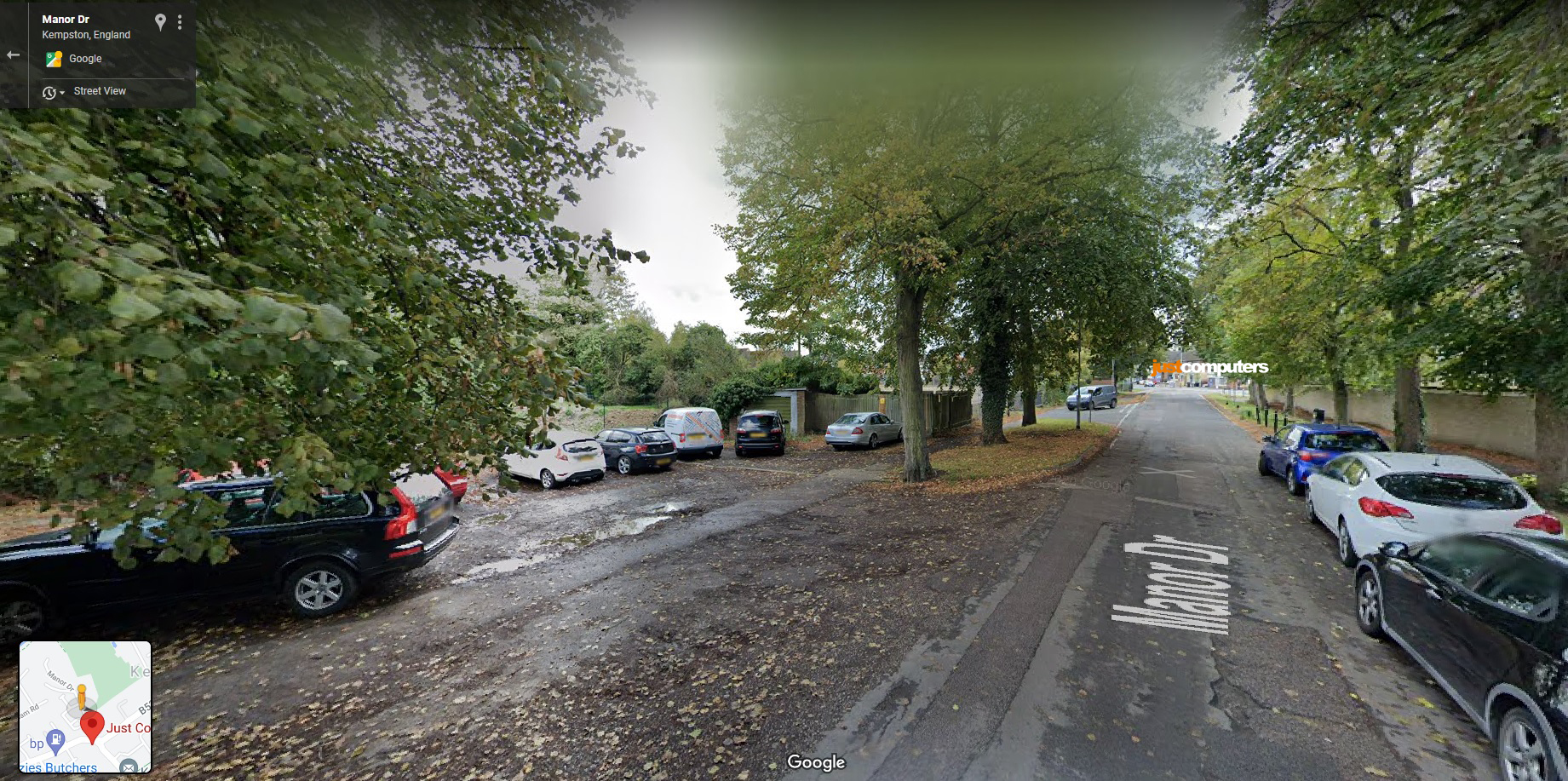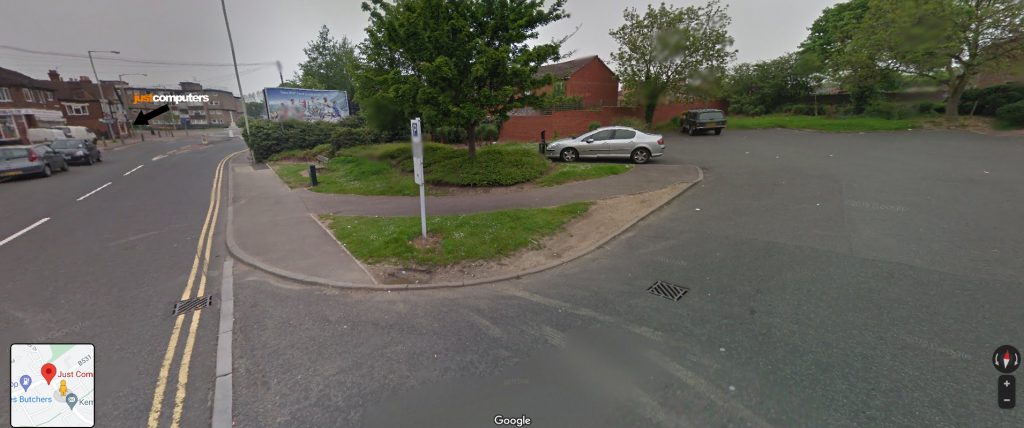
The Platio company in Hungary is making solar panels out of plastic waste that can be used as pavement slabs, adding an extra clean energy source to buildings and other facilities when placed outside.
How?
Platio uses a special pressuring method to turn 400 otherwise non-recyclable plastic bottles into very strong and durable one-square metre pavement slabs/’solar paver’ frames into which are fitted solar panels. The high-performance solar cells fitted into the composite waste-plastic paving slab frames are protected by heavy-duty, anti-slip, scratch and impact-resistant glass panels which means that they are walkable and can even take the weight of a truck.
Where?
The company says that this innovative solar technology can be made part of modern architecture for offices, residential buildings, port infrastructure, and smart cities. The solar pavers are suitable for all surfaces and for use in terraces, driveways, and marinas, pavements, or even on driveways as part of energy generation for EV charging.
Platio also says that the solar pavers can be installed where conventional solar technologies cannot be deployed such as windy (tornado-prone) areas, in landscape protection zones, and around wooden buildings or buildings with lightweight roofs.
Sustainability
Platio highlights on its website how the solar pavers have a green advantage over cement production which per ton made creates around a ton of carbon dioxide, thereby making cement and concrete production, which accounts for 7 per cent of the world’s carbon dioxide emissions. In contrast, Platio estimates that using its solar pavers rather than a cement/concrete surface could save the environment from approximately 25 kg of greenhouse gas emissions per square metre.
Advantages
The advantages of the solar pavers include:
– Flexibility in scope as to where and how they can be used.
– A productive green use for otherwise non-recyclable plastic bottles that are available cheaply and in abundance.
– Having a complementary green energy source to add to those already used on a building e.g., rooftop solar panels.
– Finding a way save space while introducing new solar technology as the slabs are laid as part of the existing built environment i.e., they don’t take up additional, valuable space.
– They are quick and easy to install, and easy to maintain (or replace).
– The panels are durable – they have high resistance to load, strike, scratch, weather, and vandalism, thereby making them a good green investment when considering the energy they create over time.
– The panels are safe due to low voltage and a slip resistant surface.
– They are making use of existing technology and, therefore, can be deployed now.
– The solar pavers are designed to be 95 per cent recyclable at the end of their life cycle.
– The modern high-power solar panels are very efficient at producing green energy.
What Does This Mean For Your Business?
Those in the construction industry, planners, architects, cities, and those planning their own builds may find these pavers to be an innovative but cost-effective way to create sustainable architecture, transform existing areas into spaces that contribute to lower energy costs, lower carbon, and ecological footprints, and give a sustainable source of green energy going forward. The solar pavers appear to represent a new way, but using existing technologies, to tackle plastic and other waste challenges while meeting green energy and environmental targets at the same time. Their flexibility, practicality, and potential contribution to a greener smarter, more sustainable future are bound to generate interest.




